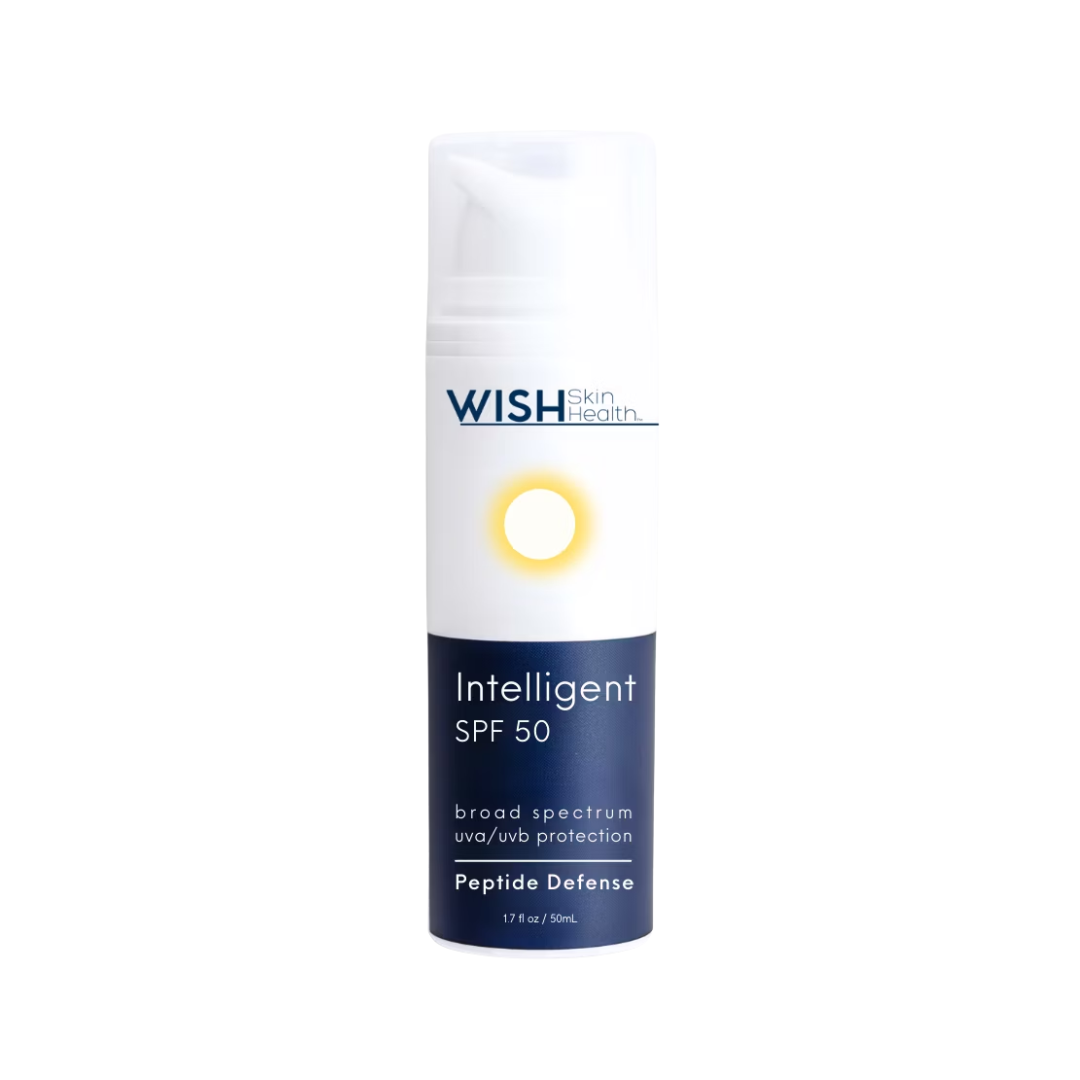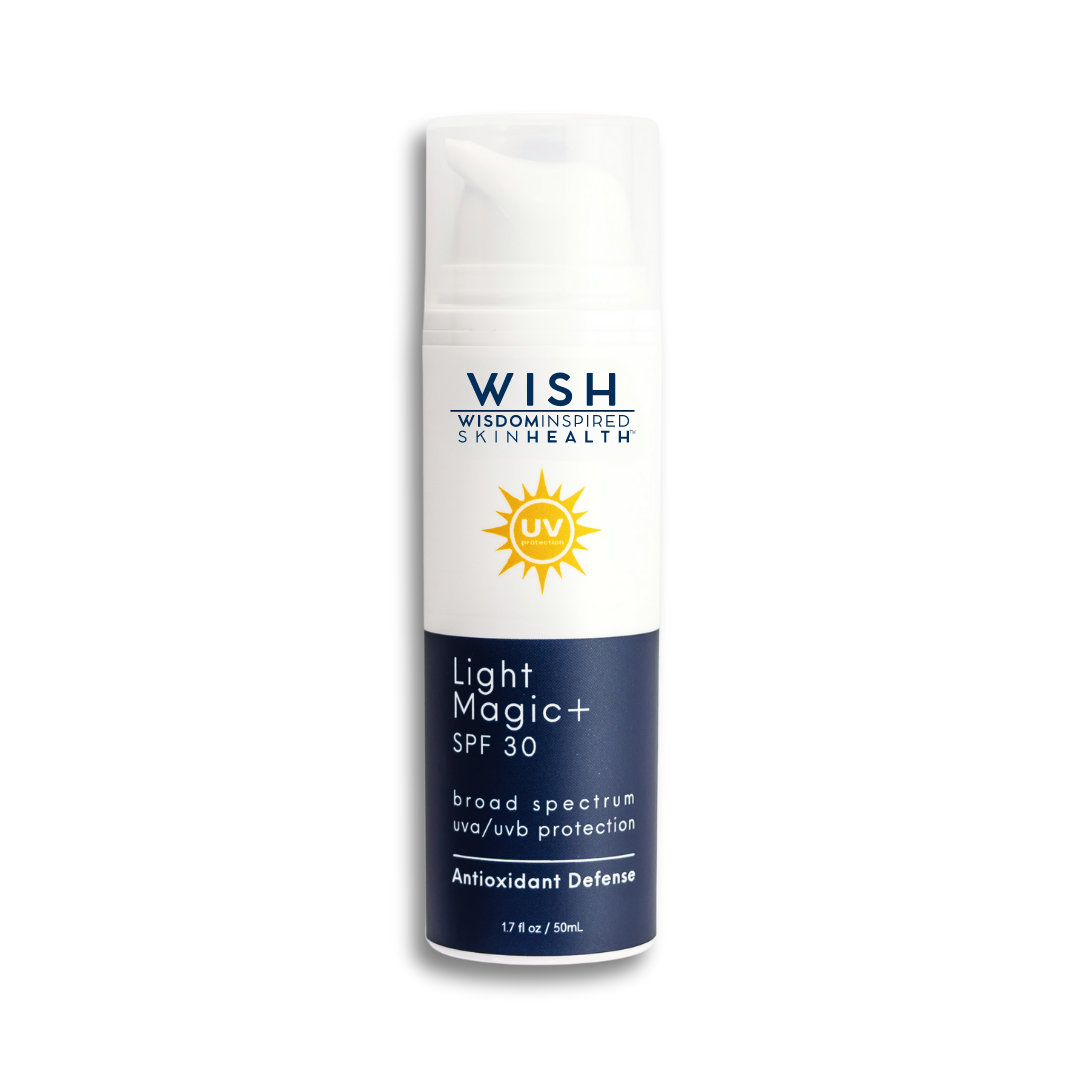May is Skin Cancer Awareness Month: Why SPF is More Than Just a Summer Essential
As estheticians, we care deeply about the health and wellness of your skin—not just how it looks, but how it thrives. May marks Skin Cancer Awareness Month, an important time to educate ourselves and our clients about the dangers of skin cancer and the protective power of SPF (sun protection factor). Skin health is more than just aesthetics—it’s a matter of prevention, vigilance, and care.
A Brief History: Skin Cancer Awareness & SPF
Skin Cancer Awareness Month was established by the Skin Cancer Foundation and is now recognized every May to spread awareness about the most common form of cancer in the United States. Each year, over 5 million cases of skin cancer are diagnosed, yet it remains one of the most preventable cancers.
Meanwhile, SPF has its own important timeline. Sunscreen, in its earliest form, emerged during World War II to protect soldiers. The SPF rating system we know today was developed in the 1960s by chemist Franz Greiter. Over the decades, formulations have advanced, becoming more broad-spectrum to shield us from both UVA (aging) and UVB (burning) rays.
Who Is at Risk?
While skin cancer can affect anyone, certain individuals are at a higher risk, including:
• Fair-skinned individuals who burn easily
• People with a history of sunburns, especially in childhood
• Those with numerous moles or atypical moles
• Anyone with a family history of skin cancer
• Individuals who use tanning beds
• People who spend significant time outdoors without protection
It’s important to remember that skin cancer doesn’t discriminate. People of all skin tones can develop it, and when it occurs in darker skin, it’s often diagnosed later, making it more dangerous.
What to Watch For: The ABCDEs of Skin Cancer
Early detection is key. As estheticians, we are often the first to notice suspicious changes on a client’s skin. Here’s a helpful guide:
• A – Asymmetry: One half of the mole doesn’t match the other.
• B – Border: Edges are irregular, ragged, or blurred.
• C – Color: Uneven shades of brown, black, or even red, white, or blue.
• D – Diameter: Larger than 6mm (about the size of a pencil eraser).
• E – Evolving: Any change in size, shape, color, or sensation.
Encourage your clients to perform regular self-checks and to see a dermatologist annually for a professional skin exam.
The Importance of Daily SPF
We cannot stress this enough: SPF is your skin’s best defense against sun damage and skin cancer. It’s not just for beach days—daily SPF use is crucial year-round, even on cloudy days or when indoors near windows.
• Choose a broad-spectrum SPF of at least 30.
• Reapply every 2 hours when outdoors.
• Don’t forget commonly missed spots: ears, neck, lips, and hands.
• Encourage makeup and skincare products with built-in SPF, but don’t rely on them alone.
Final Thoughts
As professionals dedicated to skin health, it’s our responsibility to educate and empower. Skin Cancer Awareness Month is the perfect reminder that prevention is powerful, and something as simple as applying SPF each morning can make all the difference.
Let’s protect, prevent, and promote healthy skin together. Your skin is beautiful—and it’s worth protecting every single day.





